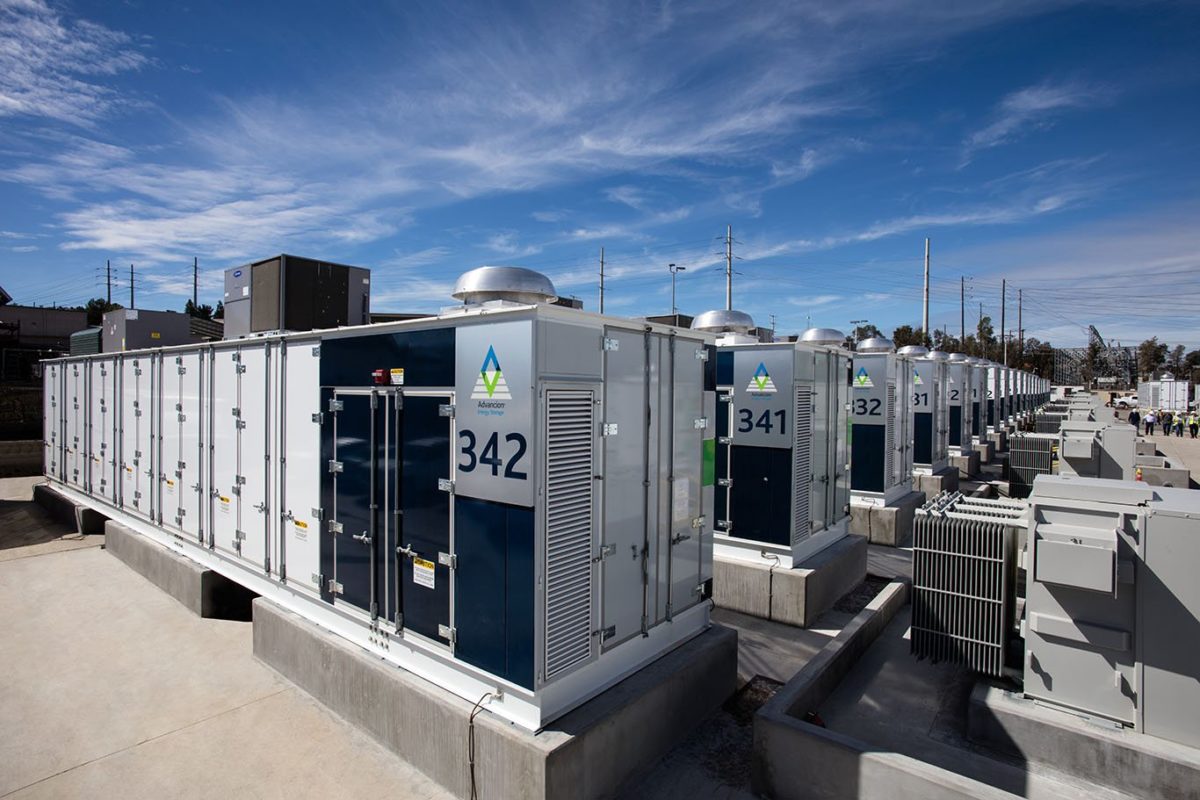Wireless solutions allow for strategically distributed energy storage systems (sometimes plus solar) to replace powerline upgrades or installations. The California Independent System Operator (CAISO), which manages the state’s power grid, last year canceled or modified powerline and grid upgrades that would have cost $2.6 billion due to efficiency efforts and distributed solar. And Eversource – a utility in New Hampshire – is installing a 1.7 MW / 7.1 MWh battery instead of a $6 million, 10-mile powerline.
Recent research conducted by Carnegie Mellon’s Tepper Business School, along with Fluence, found that solar plus six-hours duration storage can solidly compete with load-following gas combined-cycle plants. This is the case for the majority of the country, and is only failing to be financially viable in the New England ISO jurisdiction (for now, at least).
These findings have been driving Fluence’s market applications team to draw up a systemwide analysis across global power grids. The company says it is looking to offer portfolios, or fleets of solutions – such as distributed batteries and fossil replacements – because that’s what you do when you’re a gigawatt player.
While there’s been no official announcement from the company, one must assume Fluence is giving a lot of pipeline attention to California-connected projects, considering that CAISO – which serves 90% of the state’s electricity – announced estimated 2020 shortfalls of 2.3 GW during the peak annual demand hours of September. CAISO further projects peak capacity shortfalls of 4.4 GW in September 2021 and 4.7 GW in 2022.
If anyone can deliver 2.3 GW of grid support in strategic positions, it is Fluence. AES Energy Storage, now part of Fluence, delivered the 30 MW / 120 MWh Escondido energy storage project within six months of regulators making an emergency procurement authorization in the summer of 2017.
Whole states are now considering doing what Fluence envisions.
The Massachusetts 2017 “State of Charge” report, which looked at 1,497 nodes and 250 substations in the state, modeled up to 1.7 GW of strategically distributed energy storage to bring ratepayers up to $2.3 billion in benefits. Since then, the state has instituted its SMART program, which is pushing 260 MW of energy storage. Massachusetts is now developing a four-hour energy storage “Clean Peak” program to specifically tackle expensive, dirty electricity generated from gas peaker plants and to backup coal and oil facilities across the power grid.
With that, we’re at the very front edge of contract signings – such as the one between Fluence and UK Power Reserve, a flexibility provider in the United Kingdom. The partners recently announced a planned fleet of lithium-ion energy storage projects totaling 120 MW / 120MWh. Fluence is also undertaking a 100-MW/400 MWh project in Long Beach for major utility Southern California Edison, which is now under construction. The project, Alamitos, will provide grid support, and is the first standalone project specifically procured to replace a gas peaker in the country. Seems like a good time to be Fluence.
This content is protected by copyright and may not be reused. If you want to cooperate with us and would like to reuse some of our content, please contact: editors@pv-magazine.com.








By submitting this form you agree to pv magazine using your data for the purposes of publishing your comment.
Your personal data will only be disclosed or otherwise transmitted to third parties for the purposes of spam filtering or if this is necessary for technical maintenance of the website. Any other transfer to third parties will not take place unless this is justified on the basis of applicable data protection regulations or if pv magazine is legally obliged to do so.
You may revoke this consent at any time with effect for the future, in which case your personal data will be deleted immediately. Otherwise, your data will be deleted if pv magazine has processed your request or the purpose of data storage is fulfilled.
Further information on data privacy can be found in our Data Protection Policy.